Dear Stephen,
If one has treated very early for lyme do you still recommend following your protocol for at least 60 days? Four days after finding a tick and the bite, I developed a headache and stiff neck. Being familiar with tick bites (I live on Martha’s Vineyard) I started a lyme protocol the next day. I cannot take antibiotics due to prior severe candidiasis and chronic fatigue some 10 years ago (it’s probably as bad for me to take antibiotics as having lyme would be) so I began an alternative regime. I did not include cat’s claw or resveratrol as I did not have your book yet. Instead I used other remedies—Ledum 30C (3x a day), olive leaf extract, sarsparilla, colloidal silver, oregano oil, citracidal and vitamin C. I had sent the tick out for testing and yesterday it came back as positive for lyme. At that point I realized I’d better up the ante—got your book—and got cat’s claw and resveratrol.
After eight days my stiff neck is 90% gone and the headache is mostly gone though I do still have some “insect crawling” sensations in my head (just a metaphor for how it feels). If one has dealt with lyme early, albeit partially, and is improving—how long should one take your remedies? Still for 60 days?
Stephen’s response:
I would use them for 60 days, yes. And I would definitely add 1000-3000 mg of astragalus immediately for at least 60 days. Your response was a very good one and probably helped reduce the impact of the infection considerably. I would add a sublingual B-12 (follow dosage on bottle) for the crawling sensations.
Stephen
-
Stephen Harrod Buhner was an Earth poet and an award-winning author of twenty-four books on nature, indigenous cultures, the environment, and herbal medicine including the acclaimed book Healing Lyme: Natural Healing & Prevention of Lyme Borreliosis & Its Co-infections.
Stephen came from a long line of healers including Leroy Burney, Surgeon General of the United States under Eisenhower and Kennedy, and Elizabeth Lusterheide, a midwife and herbalist who worked in rural Indiana in the early nineteenth century. The greatest influence on his work, however, was his great-grandfather C.G. Harrod who primarily used botanical medicines, also in rural Indiana, when he began his work as a physician in 1911.
Stephen’s work has appeared or been profiled in publications throughout North America and Europe including Common Boundary, Apotheosis, Shaman’s Drum, The New York Times, CNN, and Good Morning America. Stephen lectured yearly throughout the United States on herbal medicine, the sacredness of plants, the intelligence of Nature, and the states of mind necessary for successful habitation of Earth.
He was a tireless advocate for the reincorporation of the exploratory artist, independent scholar, amateur naturalist, and citizen scientist in American society – especially as a counterweight to the influence of corporate science and technology.
View all posts

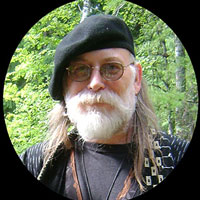



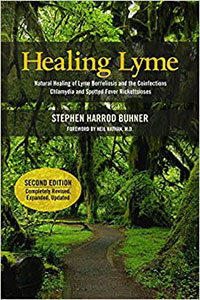
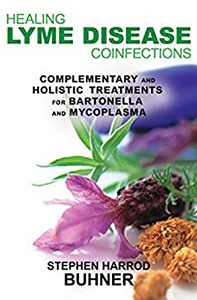
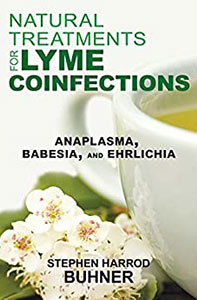
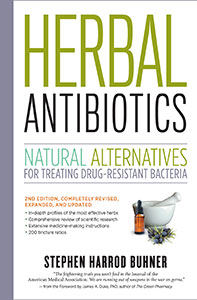
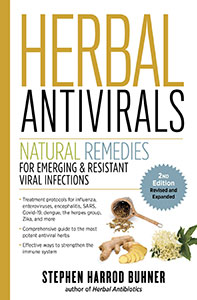



0 Comments